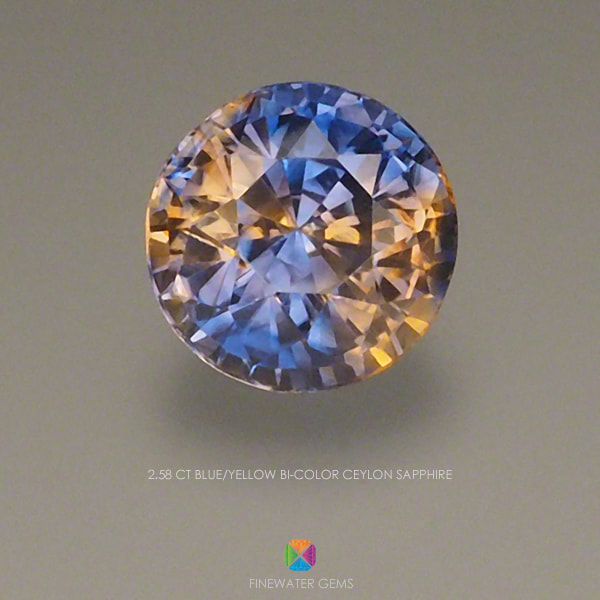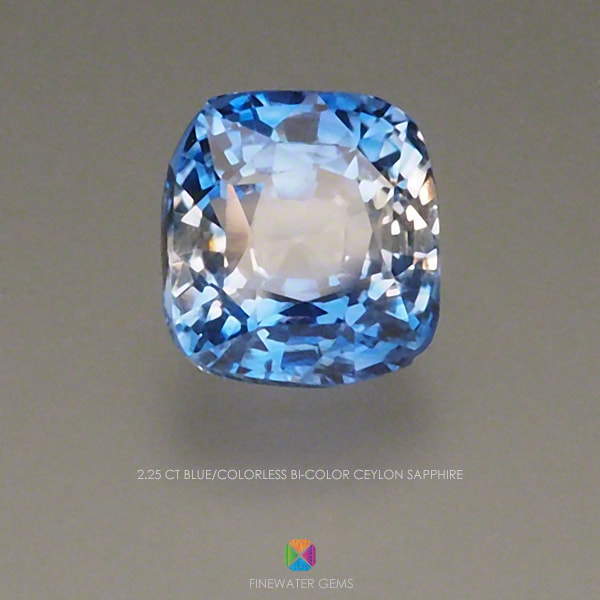|
Color zoning, or color banding, is a term used to describe a natural color distribution that occurs in almost all gemstones, but is most common in tourmaline, quartz and sapphire. (This is not to be confused with pleochroism, which is the change of color due to different viewing directions – a topic for a future blog post!) The most common cause of zoning is the availability of trace elements during the crystal’s growth, sometimes producing variations in a single color’s intensity, and other times producing totally different colors. It is considered beneficial when two or more colors are clearly visible and show striking patterns. This is the attraction of ametrine – a mix of purple and yellow quartz, and of multicolored pink and green “watermelon” tourmaline. Sapphires that show zoning are known as “parti-color” sapphires. Some blue sapphires (especially some from Montana or Australia) have yellow growth areas, producing a parti-colored stone with shades of blue, green and yellow after cutting. Pure blue/yellow bi-color combinations are rare in sapphire, as are other such distinct color combinations. These unique sapphires are not available commercially and are perfect for those looking for a gemstone that expresses their individuality.
1 Comment
|
Archives
September 2022
|
Copyright © 2007-2024 Finewater Gems. All rights reserved.


